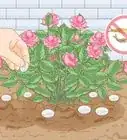X
wikiHow is a “wiki,” similar to Wikipedia, which means that many of our articles are co-written by multiple authors. To create this article, 10 people, some anonymous, worked to edit and improve it over time.
wikiHow marks an article as reader-approved once it receives enough positive feedback. In this case, 89% of readers who voted found the article helpful, earning it our reader-approved status.
This article has been viewed 131,988 times.
Learn more...
Build an inexpensive "hoop house" greenhouse to extend the growing season - in some cases, all the way through the winter!
Steps
-
1Select a suitably sized patch of relatively flat ground for your greenhouse. Be sure there are no trees, buildings, or other objects that will cast a shadow on the greenhouse for a significant portion of the day.[1]
-
2Using a tape measure, lay out a rectangle 16 feet (4.9 m) by 40 feet (12.2 m) on the ground to define the base of your greenhouse. You'll probably want the 40 foot (12.2 m) dimension to run as close to east-west as you can, so the plants will get the maximum possible exposure to the sun. Measure the distance between opposite corners to make sure you have square corners. If the corners are square, the diagonal measurements will be equal (43 feet in this case). Push or hammer a 3 foot (0.9 m) piece of rebar into the ground at each corner, leaving about one foot protruding from the ground.Advertisement
-
3Lay out planting beds inside this rectangle, leaving a walkway down the center of the 40 foot (12.2 m) dimension. You may want to consider making raised beds from planks or concrete blocks.[2] In any case, you should perform any cultivation, tilling, addition of soil amendments, etc. at this time.
-
4Choose one of the 16 foot (4.9 m) ends to be the "front" of your greenhouse, where the door will be located. With the help of a friend, bend a 20 foot (6.1 m) length of PVC pipe into an arch, and slide the ends over the "front" pair of rebar stakes. Be careful not to let go until both ends are slid all the way down the stakes; it's very springy stuff and could injure someone.
-
5Repeat the previous step with the "back" pair of stakes and another piece of PVC.
-
6Insert pairs of 3 foot (0.9 m) rebar pieces into the ground on opposite sides of the greenhouse every 5 feet (1.5 m) down each long side of your rectangle from the "front" pair, and (again with the help of a friend) slide another length of PVC over the two new stakes. Repeat this process until you reach the "back" of the greenhouse.
-
7Make three 40 foot (12.2 m) pieces of PVC by gluing together pairs of 20 foot (6.1 m) pipes using PVC joint compound.
-
8Center a 40 foot (12.2 m) pipe down the underside of the series of arches to form a "spine" for the greenhouse, using stainless steel wire to make an "X" around each intersection. Make sure you locate the ends of the wire on the underside of the spine and so there are no sharp points sticking up that might tear the plastic sheet. You should now have something that resembles the skeleton of a beached whale.[3]
-
9Duct tape a 40 foot (12.2 m) pipe along the the long edge of your plastic sheet, then roll it up in a few turns of the sheet (like you're making a scroll) and duct tape it securely in place.
-
10Repeat the previous step with the third 40 foot (12.2 m) piece of PVC along the opposite edge of the plastic sheet, roll it up, and duct tape it securely.
-
11Lay the assembly against one of the long sides of your skeleton, and with the help of a friend or two, walk one side of the plastic sheet with PVC attached over the top of the arches to form the "skin" of your greenhouse.
-
12Once you have the skin stretched over the skeleton, make sure it's centered, so there's an equal amount of excess material lying on each side of the greenhouse.
-
13Pile sand, sod, or loose soil over the flap of excess material (and the attached PVC pipe) along the whole length of one side of the greenhouse. Tuck the plastic sheet into the corner where the ribs of the greenhouse meet the ground, and be careful not to allow wrinkles to form in the sheet between the ribs.
-
14Once one side of the sheet is thoroughly weighted down, go to the other side of the greenhouse, pull the plastic sheet down tight, and bury the excess material there the same way, making sure to keep the sheet as snug and wrinkle-free as possible.
-
15Plant a pressure-treated 4x4 vertically about 2 feet (0.6 m) to either side of the spine of the greenhouse at each end to form uprights. The tops of the 4x4's should extend slightly above the point where they cross the front and back ribs of the greenhouse, so dig the holes accordingly.
-
16Attach the front and back uprights to their adjacent rib using conduit clamps or plumbers strapping & wood screws.
-
17Pull the plastic sheet around the ends of the greenhouse and secure it to the uprights by wrapping a 1x2 in the excess plastic at each side, pulling it tight, and attaching it to the uprights with wood screws driven through the plastic and the 1x2 and into the 4x4. You may want drill pilot holes so you don't split the 1x2 or break the screws.[4]
-
18Repeat the previous step at the front and back of the greenhouse. Use the same technique to secure the excess plastic hanging over the ends of the spine, by screwing another 1x2 between the tops of the uprights.
-
19It's up to you whether you want to put doors on both ends of the greenhouse, or a door on one end and a window on the other.[5] In any case, assemble suitably-sized rectangles of 1x2's, reinforcing the corners of the door with triangles of 1/4" plywood. Wrap the frames in plastic, and attach them to the uprights using standard door hinges. Attach a sliding bolt latch to the side opposite the hinges.
-
20Seal up any gaps or tears in the plastic skin using duct tape and pieces of plastic sheet.
-
21Add your chosen plants, and enjoy!
Advertisement
Community Q&A
-
QuestionWhat length of PVC pipe would I need for a 20' x 40' hoophouse?
 Community AnswerIf you want them to be perfect half-circles, use 20 feet as the diameter of your circle, find the circumference, then divide by two. That will be the perfect length to create an arc that spans 20 feet.
Community AnswerIf you want them to be perfect half-circles, use 20 feet as the diameter of your circle, find the circumference, then divide by two. That will be the perfect length to create an arc that spans 20 feet.
Advertisement
Warnings
- Be careful not to trip and impale yourself on the rebar pieces before they're covered!⧼thumbs_response⧽
Advertisement
Things You'll Need
- 16 pieces of 1" or 1.5" x 20 foot (6.1 m) sch 80 PVC pipe(that's the grey conduit type found in the electrical department, which is more rigid, UV Resistant and cheaper than sch40 used for underground plumbing that breaks down in sunlight)
- 32 pieces of 3/8" rebar 3 feet (0.9 m) long (If you have a hacksaw or other means of cutting rebar, you can save money by purchasing the longer 10ft pieces)
- 1x2 lumber
- 4x4 pressure treated lumber
- Stainless steel wire
- UV-resistant plastic sheet at least X x Y feet
- duct tape (the universal ingredient!)
- conduit clamps per 1" or 1.5" pipe used or plastic plumbers strapping w/wood screws
References
About This Article
Advertisement
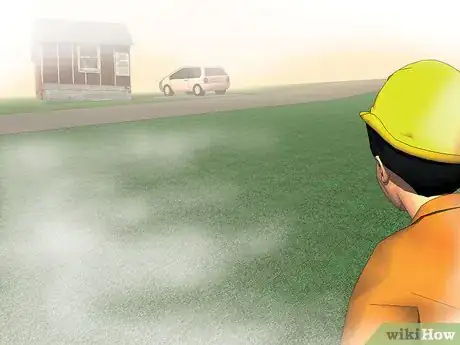

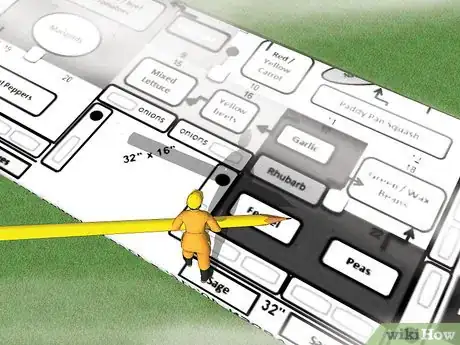

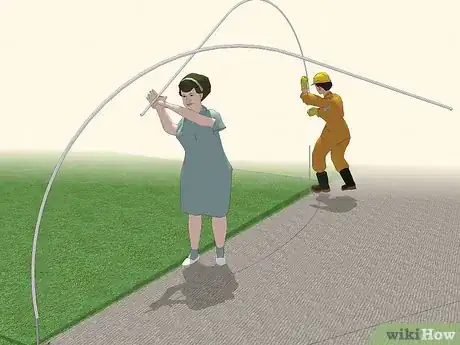
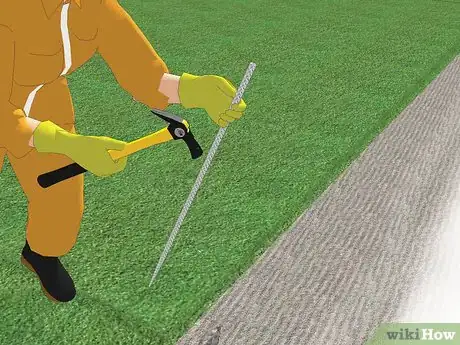
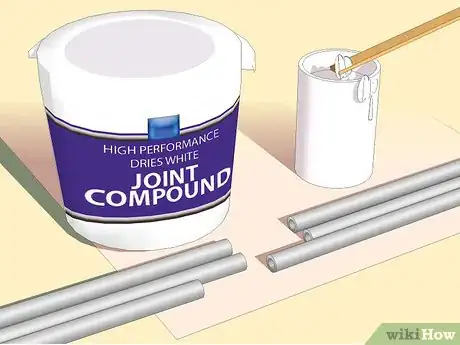
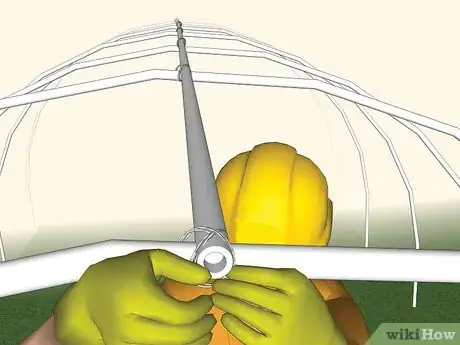
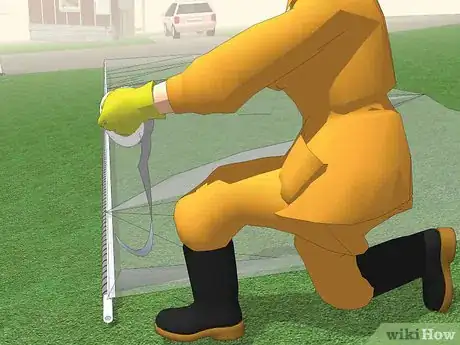
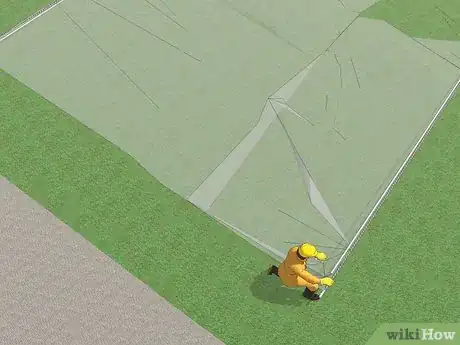
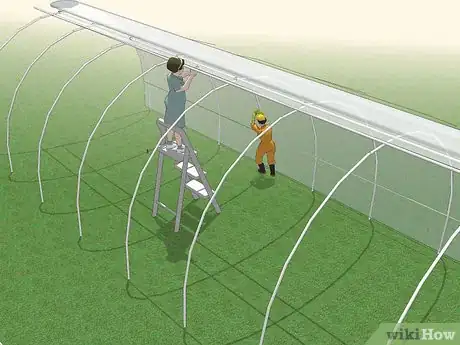
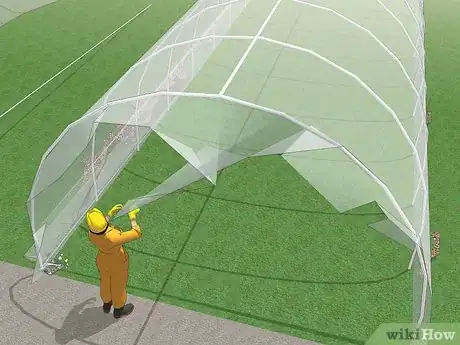

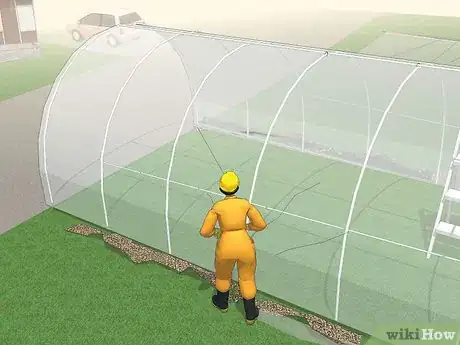

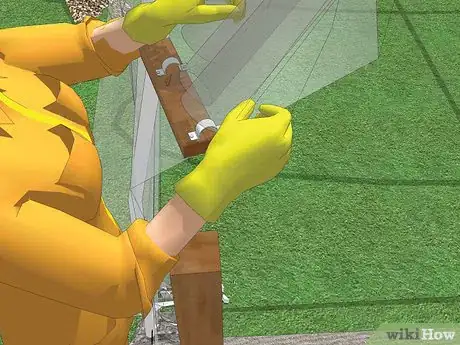

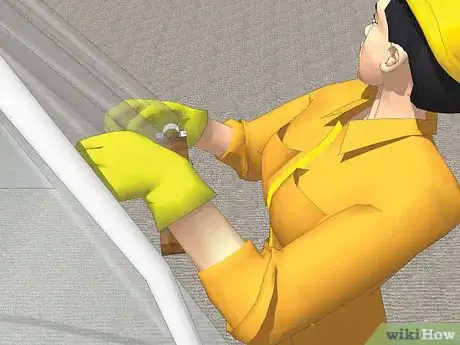
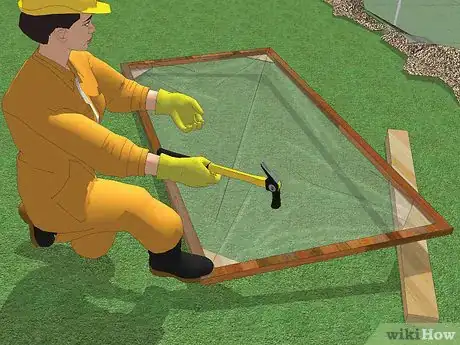
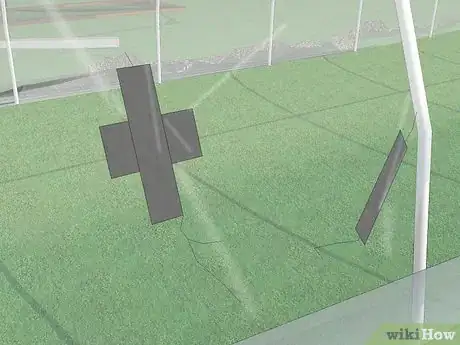
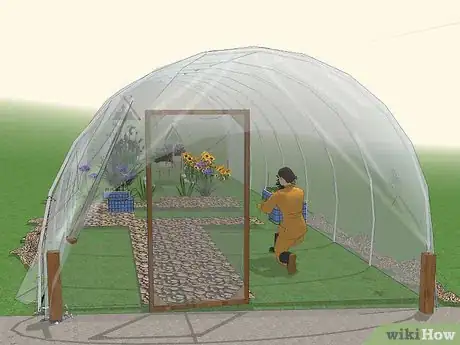
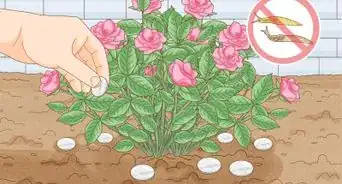
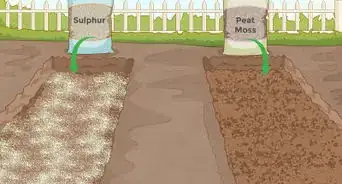
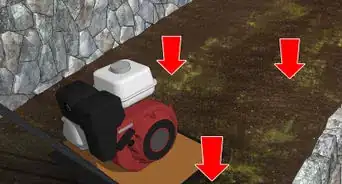
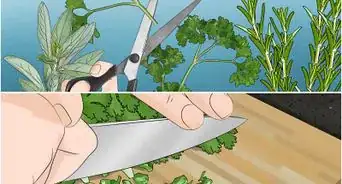
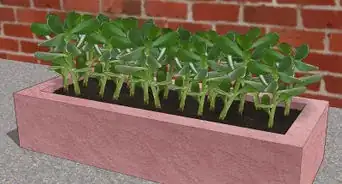

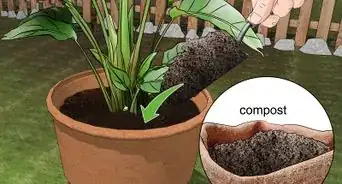
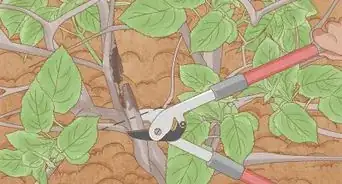

-Oven-Step-15.webp)










